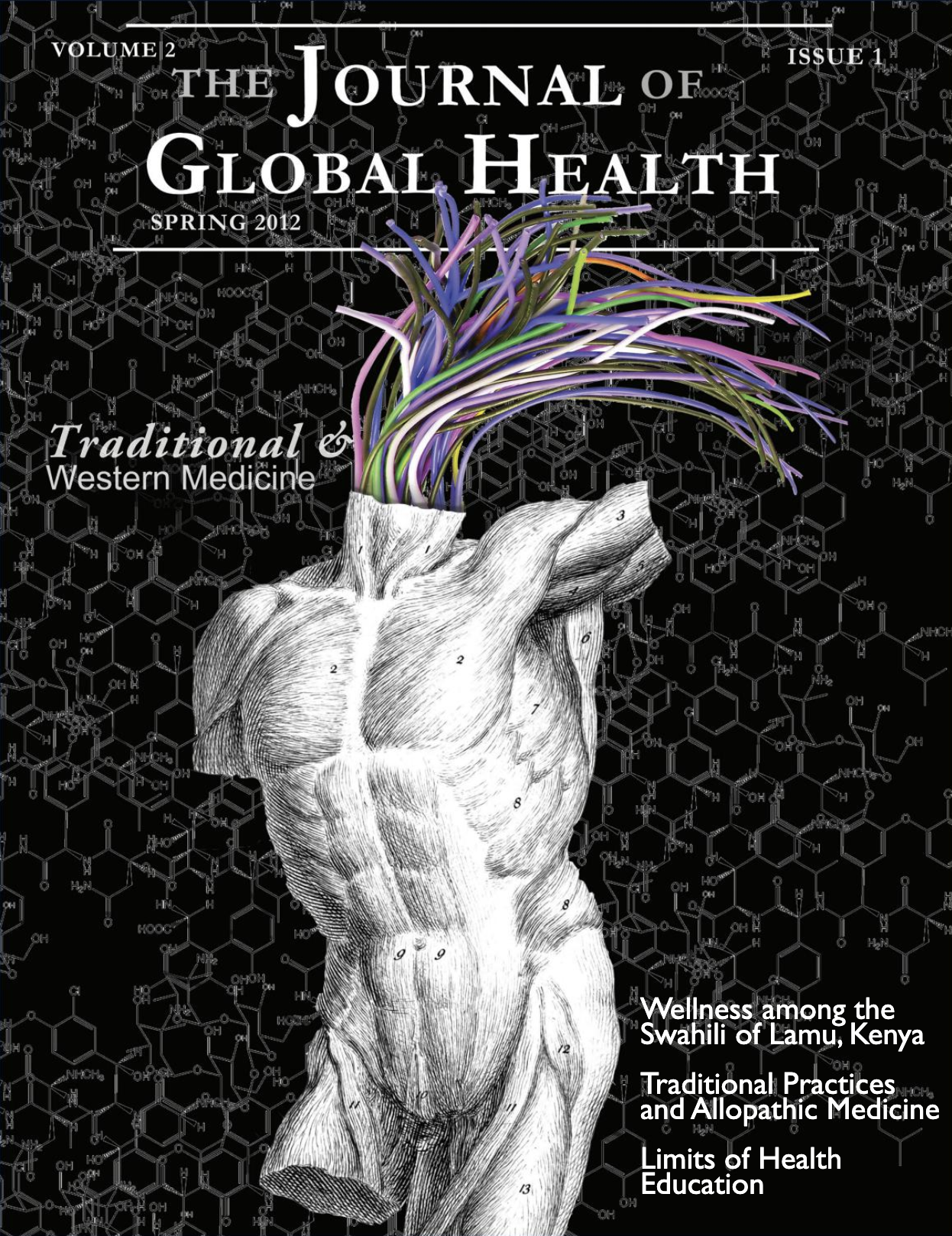Safe male circumcision Young men’s willingness to undergo Safe Male Circumcision (SMC) decreases with increased educational attainment in some rural areas of Central Uganda
Main Article Content
Abstract
Safe male circumcision (SMC) decreases risk of HIV transmission (Weiss et al., 2008a). Mathematical modeling indicates that in order to yield significant declines in HIV prevalence in sub-Saharan Africa, wide adoption of SMC is necessary (Nagelkerke, Moses, de Vlas & Bailey, 2007). Therefore, research about trends and determinants of uptake of SMC among historically non-circumcising groups in this region is essential. This cross-sectional study explored the relationship between educational attainment and young men’s willingness to undergo SMC in rural areas of central Uganda. Sub-counties were randomly selected in three districts (Mukono, Wakiso and Kiboga) and a standardized survey was administered to 297 male youths (aged 18-24). Focus group discussions were also held in each district to gauge attitudes towards SMC. Survey data was analyzed using stepwise logistic regression in STATA 11.0. Respondents with higher educational attainment had lower willingness to undergo SMC after adjusting for selected demographic variables [OR=0.20; p=0.0010]. In parametric path analysis, there was marginal evidence, p= 0.0597 (Goodman test), that awareness of SMC benefits is a partial mediator in the causal pathway between education and willingness. These findings indicate that willingness to undergo SMC in central Uganda decreases with increased educational attainment. This disparity could decrease the impact of SMC on HIV prevalence in Uganda.
Article Details

This work is licensed under a Creative Commons Attribution 4.0 International License.

